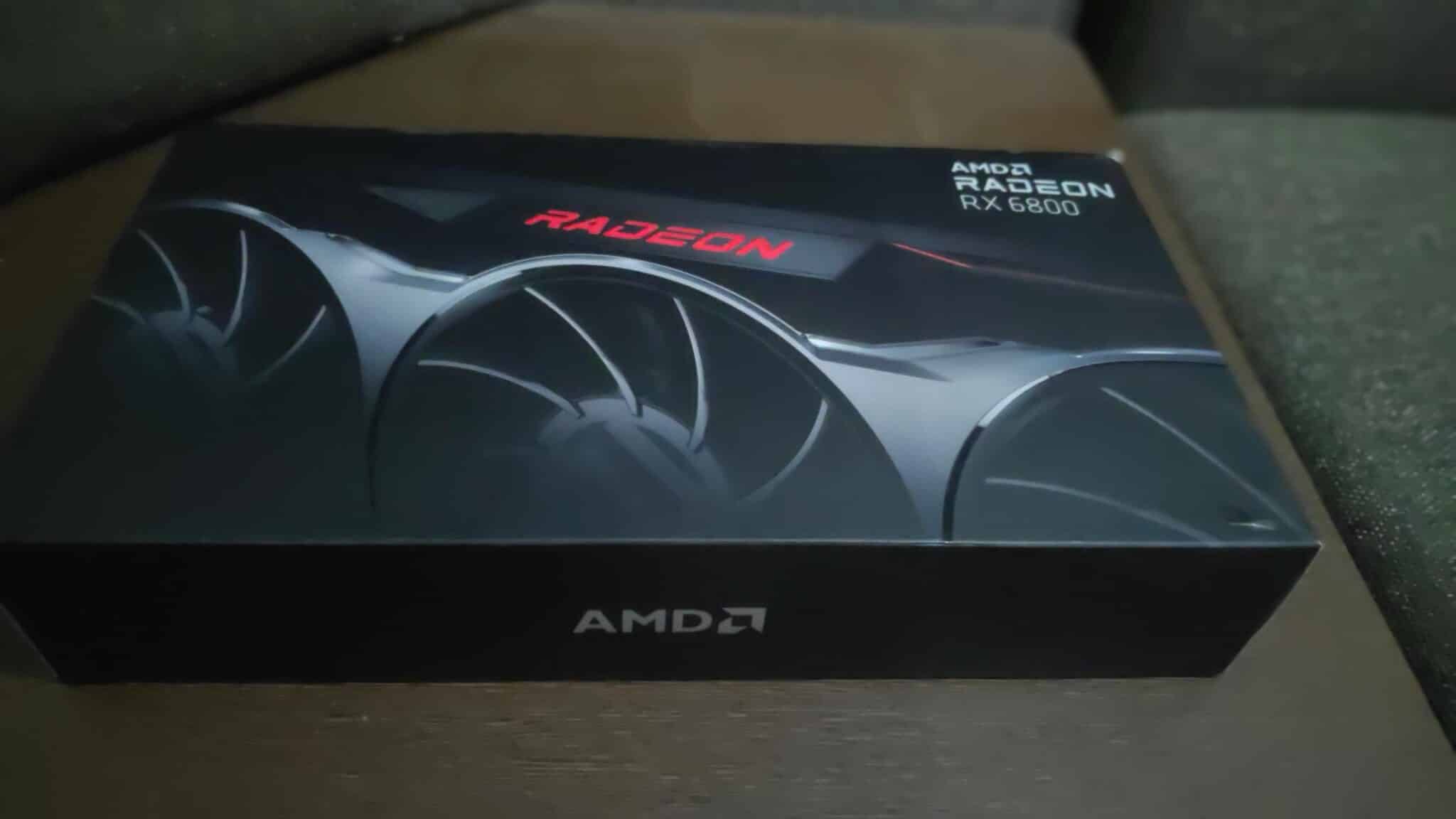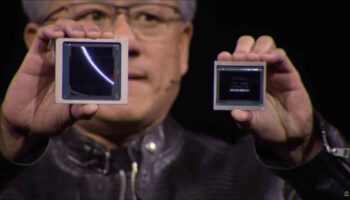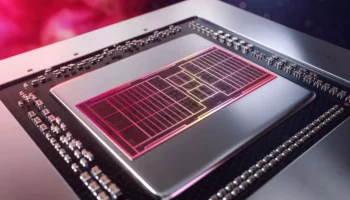AMD’s RDNA 2 based Radeon Big Navi graphics cards are finally set to hit retail today, with the RX 6800 and 6800 XT reference models expected to be available across all major markets in limited quantities. In this post, we have a look at the Radeon RX 6800 and see how it holds up compared to the competition. We’ll be checking the raster performance, ray-tracing grit, and an analysis of the much-advertised Smart Access Memory (SAM) which for the time being is exclusive to the Ryzen 5000 CPU-Radeon RDNA 2 GPU combos. Finally, we’ll also try overclocking the GPU, and yes, it does really reach 2.5-2.6GHz, unless you have a really crappy part. Read our architectural deep-dive here:
AMD Radeon RDNA 2 “Big Navi” Architectural Deep Dive: A Focus on Efficiency
Test Bench
- CPU: AMD Ryzen 5 5600X @ 5GHz
- Motherboard: ASRock X570 Taichi (Latest BIOS)
- Memory: Trident Z Royal 8GB x2 @ 3900MT/s (1:1:1)
- PSU: Corsair HX1000i
| Specifications | RTX 3080 | RTX 3070 | Radeon RX 6800 | Radeon RX 6800XT |
|---|---|---|---|---|
| Shaders | 8704 | 5888 | 3840 | 4,608 |
| Ray-Accelerators/RT Cores | 68 | 46 | 60 | 72 |
| Boost Clock | 1710MHz | 1725MHz | 2,105MHz | 2,250MHz |
| Memory | 10GB GDDR6X | 8GB GDDR6 | 16GB GDDR6 | 16GB GDDR6 |
| Bus Width | 320-bit | 256-bit | 256-bit | 256-bit |
| Bandwidth | 760GB/s | 448GB/s | 512GB/s | 512GB/s |
| TMUs | 272 | 184 | 240 | 288 |
| ROPs | 96 | 96 | 96 | 128 |
| TDP | 320W | 220W | 250W | 300W |
| Price | $699 | $499 | $579 | $649 |
Radeon RX 6800 vs RTX 3070: 1440p Gaming Benchmarks







In general, the Radeon RX 6800 is 5-10% faster than the RTX 3070, with some AMD favored titles like Shadow of the Tomb Raider and Borderlands 3 showing a delta as wide as 20-25%. In hindsight, that may seem like a good thing, but keep in mind that the former costs $79 more than the latter. Compared to the RTX 3080 ($699), the 6800 lags by ~15% on average, with some games like Metro Exodus and Strange Brigade extending it to 25%.
Radeon RX 6800 vs RTX 3070: 4K Gaming Benchmarks







At 4K, the Radeon RX 6800’s lead over the RTX 3070 grows to nearly 25%, with multiple entries seeing deltas of around 30%. An extra 25-30% performance for $79 seems rather acceptable, doesn’t it? On the other hand, the RTX 3080 continues to be 20-25% faster than the 6800 across most titles, although some do see the gap reduce to under 10% (Odyssey, Far Cry, Tomb Raider).
Radeon RX 6800 vs RTX 3070: Ray-Tracing Performance
Continued on the next page…
Yeah, it’s not pretty. The Radeon RX 6800 pretty much gets massacred in this test. It’s slower than even the last-gen GeForce RTX 2080 Ti by quite a bit and more than half as much compared to the RTX 3080. I reckon this has to do with AMD’s hybrid approach to ray-tracing where the BVH traversal is done by the shaders, while the RA units only handle the ray-box and ray-triangle tests.
NVIDIA’s RTX GPUs offload the entire RT workload to the RT cores and can concurrently run both pipelines without one affecting the other. I’m guessing the shader pipeline is stalled when AMD offloads the shader code for ray-tracing to the SIMDs.
One interesting observation I made with the ray-tracing test was that the in-game frequency dropped to just 2000MHz, all the way from 2.45-2.5GHz in rasterized titles. This could either be the result of excessive power consumption, or simply an example of the overhead penalty due to the use of shaders for BVH traversal. Read more here:
Overclocking the Radeon RX 6800: A Lot of Untapped Potential
The Radeon RX 6800 has a surprising amount of overclocking headroom. We were able to push it to as much as 2.55GHz, with rock-solid stability. There isn’t much room to increase the power and voltage, but we maxed them out. The memory was a bust. We started running into crashing even on adding just +50 to the memory offset. This is something we saw with the RDNA 1 parts as well, so it’s nothing new:





The overclocked results are quite impressive. The Radeon RX 6800 manages to nearly level with the RTX 3080 in roughly half of the games we tested, while reducing the deltas to ~8-10% in the rest. Compared to the RTX 3070, the overclocked RX 6800 is approximately 35% faster, with certain titles such as Tomb Raider seeing gains in excess of 40%. Unfortunately for NVIDIA, the RTX 3070/3080 comes with little to no overclocking headroom.
Smart Access Memory (SAM)


Unfortunately, on our system, we had a rather disappointing experience with SAM. Out of the seven games we tested, only two showed an observable gain upon turning SAM (or resizeable BAR). Far Cry 5 and SOTTR gained 2 and 3 FPS, respectively on average while the lows also improved. This is still within the margin of error, and unless I see otherwise, SAM is still just a marketing term with no significant real-world consequences.
Conclusion: Budget 4K with some Caveats
The Radeon RX 6800 is a decent product overall, but the pricing will make many mainstream gamers think twice before they make their decision. The stock performance is slightly faster or a notable step up compared to the cheaper RTX 3070, depending on the resolution you play at. At 1440p, you’re only looking at marginal gains, but the 4K performance is quite impressive, holding a lead of 25-30% over the 3070, even catching up to the RTX 3080 upon overclocking.
[taq_review]

 AMD Radeon RX 8800 XT Release Date and Specs
AMD Radeon RX 8800 XT Release Date and Specs Intel 2nd Gen Arc Battlemage Graphics Cards Allegedly Launching in November 2024
Intel 2nd Gen Arc Battlemage Graphics Cards Allegedly Launching in November 2024 NVIDIA GeForce RTX 5090 Launching in Q4 2024; RTX 40 GPU Prices Trend Upwards
NVIDIA GeForce RTX 5090 Launching in Q4 2024; RTX 40 GPU Prices Trend Upwards AMD Radeon RX 8700 XT & RX 8600 XT “RDNA 4” Specs: Navi 48 and Navi 44 GPUs
AMD Radeon RX 8700 XT & RX 8600 XT “RDNA 4” Specs: Navi 48 and Navi 44 GPUs